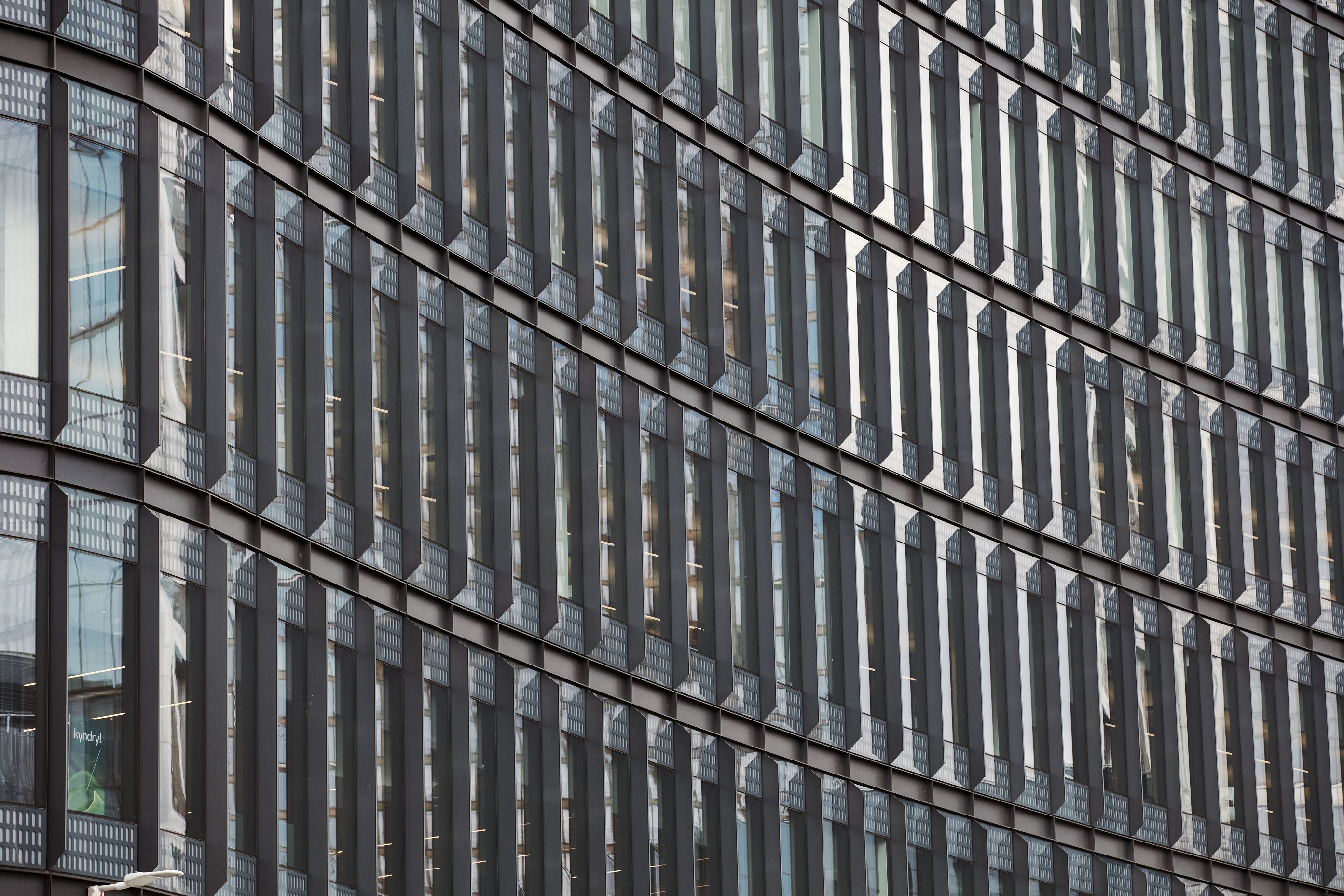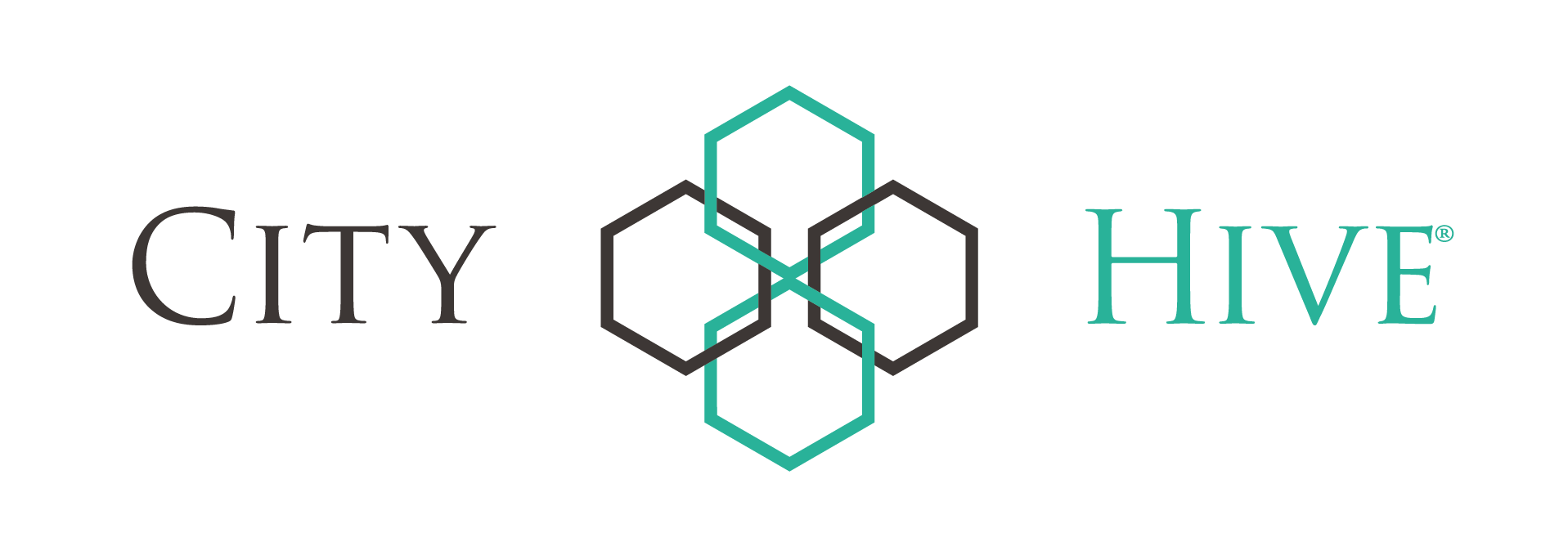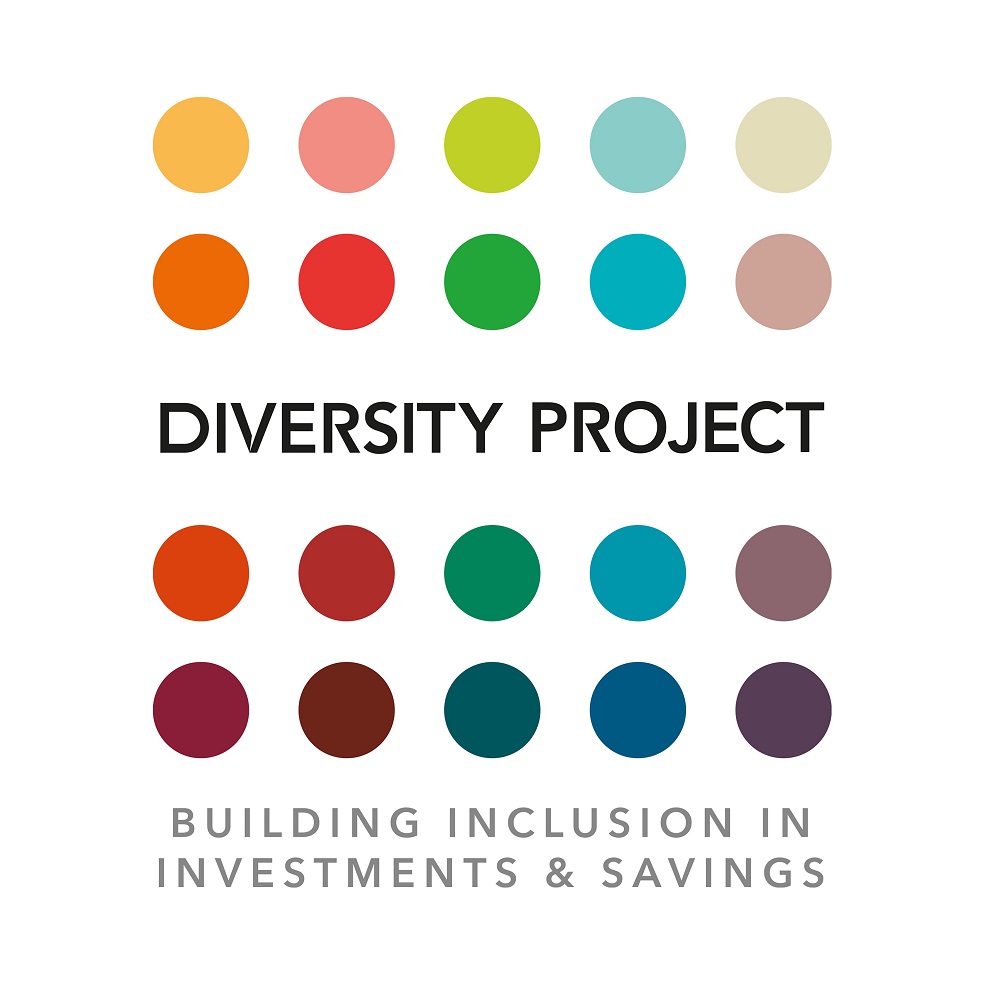Fund managers from Rathbones Asset Management set out their views for 2024

2024 Outlooks
Article last updated 20 December 2023.
20 December 2023
- Alexandra Jackson, Rathbone UK Opportunities Fund
- James Thomson, Rathbone Global Opportunities Fund
- David Harrison, Rathbone Greenbank Global Sustainability Fund
- Bryn Jones, Rathbone Ethical Bond Fund, Rathbone Strategic Bond Fund, Rathbone Greenbank Global Sustainable Bond Fund
- Stuart Chilvers, Rathbone High Quality Bond Fund, Rathbone Greenbank Global Sustainable Bond Fund
- David Coombs & Will McIntosh Whyte, Rathbone Multi-Asset Portfolios and Rathbone Greenbank Multi-Asset Portfolios
- Alan Dobbie & Carl Stick, Rathbone Income Fund
Alexandra Jackson, fund manager, Rathbone UK Opportunities Fund
More people will vote next year than in any other year in recorded history. In fact, half of global GDP is expected to go to the polls. Election cycles can be bumpy, but they can also bring economic stimulus to entice a weary electorate, either through extra government spending or lower interest rates. We expect 2024 to offer all this and more.
For our asset class, UK small and mid-caps, the path of interest rates will be watched closely. The performance of the FTSE 250 index has become very closely correlated to the five-year swap rate (essentially today’s forecast for interest rates over the next five years). As that rate rose precipitously in 2022 and 2023, mid-caps got bulldozed. It’s no great stretch to imagine that, as the forward curve rolls over, mid-caps could benefit. We’ve already started to see this happen in November.
But what about the poor economic outlook, you ask? It’s not as bad as many would have you believe. Even the Office for National Statistics had to drastically revise up its GDP numbers at the end of the summer. The UK is no longer an outlier in its post-COVID bounce-back. Consumers are in reasonable shape, with significant savings and low levels of debt. The rising interest burden from higher mortgage rates will drag, but will mainly be borne by the richest half of the country, who have even more savings than most. The labour market is so far resilient. Real wages are rising again, consumer confidence is slowly improving and even the forward-looking PMI data picked up a bit in November. The ball is very much in the Bank of England’s court; falling inflation should give them the breathing room they need to start cutting rates in the second quarter. We’ll be watching the labour market closely for signs of sticky inflation driven by wage pressures. If inflation continues to fade, increasing real wages plus easier financial conditions and excess savings can underpin better confidence and demand.
It will be a balancing act though; central banks are treading a fine line between taming inflation and growing recession risks in the short term, while investors must maintain a longer-term view. To help us assess what’s happening, we go back to our companies.
Cranswick, producer of sausages, crispy breaded chicken, humous and pet food (now there’s a festive feast!) recently commented that “market conditions in the UK are better, with a combination of improving volumes and easing inflationary pressure”. Property investor Sirius Real Estate talks about markets “unlocking” and has raised capital to take advantage of pricing opportunities. Even the beleaguered venture capital world is stirring once again. Quality retailers are beating expectations even in a cost-of-living crisis. All this is music to many ears.
Of course, not all companies will turn the corner smoothly. Those with high levels of floating-rate debt will see their earnings come under enormous pressure. And those who depend mostly on the vagaries of the economic cycle, with little internal innovation to drive growth, may well struggle as GDP growth across the developed world continues to shrink.
In such an environment, valuation is key to identifying the opportunities ahead. The UK is cheap compared with its own history and record cheap compared with the US. The discount is even more marked in small and mid-caps, where it’s near all-time highs, even including recessions. Never in this century have so many FTSE 250 companies traded on a price/earnings (P/E) multiple of below 10x. Investment bank JPMorgan recently reminded us that “the outperformance of [small and mid-caps] versus large is never greater than in the first year after a recession-linked equity market low”. And while the economic outlook may not be spectacular, on a 10.4x forward P/E ratio (FTSE All Share as at November 2023), we certainly don’t need spectacular growth to drive valuations higher. The bar is set very low for a positive surprise.
Going into 2024, we like names with low leverage, innovation that drives market share and evidence of secular growth (meaning revenues aren’t wholly dependent on the business cycle). We’re also looking for companies that generate lots of free cash flow, which can be used to fund more organic innovation, buy back shares or pay for accretive M&A deals. There’s no shortage of these kinds of opportunities on the London market, it’s just the appetite that’s been missing.
Quality, liquidity and active management remain our focus. We wish you and your families a restful break, and peace for the New Year.
James Thomson, fund manager, Rathbone Global Opportunities Fund
As we exit the period of zero rates, all of the ingredients are there for a ‘kangaroo’ market whose dizzying bounces will probably keep short-term investors on the sidelines as they wait for an ‘all clear’ signal. That will never come and often the best returns come when you least expect them.
Growth stocks do well when widespread economic growth is hard to find and as it takes about 18 months for the effect of all those rate rises to hit the real economy, we’re undoubtedly in for a period of below trend growth. But I’m not sure about a recession.
While economists and strategists are almost universally bearish, their year-end targets reflect continuing bearishness that makes for an interesting contrarian signal.
We see positive signals that might justify the better-than-expected performance of the market. Many components of inflation have rolled over sharply.
With this divergent outlook, we have built in the balance to withstand frequent market tantrums and a variety of economic scenarios but ultimately you have to believe in high quality growth equity investing.
We believe a soft landing is a possibility, but now is not the time for one-way bets.
Last year we sold many of our earlier-stage growth companies, which were built for a different world where investors rewarded ‘land grab’ growth fuelled by the low cost of capital. We switched into larger, more profitable businesses that are more resilient and have recurring revenue growth. That’s because we believe that, in a world of deteriorating or stalling economic growth in real terms, the strong will get stronger. During the big sell-off last year, we added Apple, LVMH, Formula One, and Schneider Electric. More recently we’ve bought Compass, Monster Beverage and Walmart and significantly increased our holding in Amazon.
Our weatherproof stocks – companies with more resilience, less growth, and staple-like demand make up more than 20% of the portfolio. Names that have been added include companies like Coke, Heineken, McDonalds and chocolate and cookie maker Mondelez. Not only a tour of my personal diet but some of the most profitable and resilient brands in the world. These sit alongside garbage collection and pest control companies that provide staple like recession resistant services.
All foils to the pro-growth part of the portfolio which include retail legends like Home Depot, Costco and TKMaxx. Some of the best machinery and industrial companies like Deere and a rarely mentioned business called Amphenol which has quietly and consistently been one of our best performers over many years. And of course, the familiar home of the growth investor – technology companies including Microsoft, Google, and this year’s star performer Nvidia.
Despite the headwinds, the risks and the appeal of risk-free cash returns, I believe equity investors will be rewarded. Much pain has been front-end-loaded, and we shouldn’t discount a soft landing and the adaptability of some of the best businesses in the world.
We remain fully invested and the comfort of having a five-year view should provide enough of a cushion to protect against any bumps along the way.
David Harrison, fund manager, Rathbone Greenbank Global Sustainability Fund
Whilst there are clear signs that inflationary pressures are abating, which has been a positive in the past six months, global growth is likely to remain subdued. This will impact all regions, perhaps somewhat unequally, but it reinforces the need to invest in companies that can generate profitable growth, irrespective of the economic back drop. The direction of global monetary policy is something we continue to watch closely, as this has significant implications on equity markets.
We remain focused on owning quality businesses that have clear sustainability drivers and this remains consistent across regions and sectors. In the current economic environment, we believe this is critical as growth becomes scarcer.
We have been adding exposure to more economically defensive sectors in 2023 and healthcare is the most notable. The sector not only looks attractive from a valuation point of view, but offers a deep pool of opportunities, exposed to structural growth trends.
We think the opportunity set in the global energy transition continues to grow and we have been adding exposure in the past 12 months. We prefer to own companies that offer comprehensive de-carbonisation solutions and have proven barriers to entry.
Artificial Intelligence (AI) has been on everyone’s radar this year. It’s important to remember that AI is something that has exploded relatively recently, and we will have to monitor how it evolves, but we see definite net positives in terms of sustainability. AI is likely to play a growing role in how we manage natural resources and use human capital more efficiently. We think it could act as an accelerator in the energy transition, for example, or how we think about developing future healthcare solutions. It certainly has significant potential from a sustainability point of view, but how it is used, deployed and regulated will also be important and something that will unfold in the next few years.
From a pure sustainability point of view, we remain extremely encouraged by the structural trends in areas such as global vehicle electrification and the energy transition. Government policy, through measures such as the Inflation Reduction Act in the US, have acted as a clear tailwind to investment in sustainable infrastructure and we anticipate these benefits will be felt into 2024.
Bryn Jones, fund manager, Rathbone Ethical Bond Fund, Rathbone Strategic Bond Fund, Rathbone Greenbank Global Sustainable Bond Funds
Into the end of 2023 and through the early part of 2024 we think interest rates will remain fairly high. However, we are starting to see some of the lagged effects of rate rises coming through and we expect the excess cash savings left over from the Covid-19 lockdowns to run out in early 2024. Some economies are running on fumes left over from excessive money supply, QE, and fiscal support of the covid era. This could mean we might have seen the peak in rates, but with so many variables to inflation, such as climate-related events and the positive impact to food prices, and geopolitical events and subsequent impact on energy costs; that is by no means a certainty. When you couple this with the US and UK housing markets turning over, PMIs weakening and negative momentum building, then that all can have a negative effect on economies, which worries us.
The long variable lags from rate hikes are still to play out. With all the discussion about “when a recession coming,” history does lend us a helping hand, and the long variable lags have not been that long. From the first rate hike, we would have had, historically speaking, only one US recession by now and that was 1980. Most other recessions would not have occurred until mid-2024 and 2025. So, it’s into 2024 when we may start to question where interest rates will go, and what happens to the high-yield refinancing cycle becomes key. Through 2025 and 2026 about 50% of the European high-yield market needs to refinance and if rates are still high then some highly geared corporates will struggle to refinance, to pay back debt, and to pay interest. With the Senior Officer Opinions Loans Survey in the US weak, its normally a good warning signal of tough times ahead for both the economy and high-yield market.
The last four years have been tough to navigate, with Covid lockdowns, rate hikes, double-digit inflation, a war in Europe and a war in the Middle East, two periods of big credit spread winding, a major Swiss bank hit the skids, US regional banks falling over, amongst a plethora of other events. We have been able to navigate successfully through this tumultuous period and we are positioning the funds for the risks ahead.
Stuart Chilvers, fund manager, Rathbone High Quality Bond Fund and Rathbone Greenbank Global Sustainable Bond Fund
We enter 2024 with major central banks likely to have finished hiking rates for this cycle, with investor attention already starting to turn towards the timing and quantum of rate cuts, despite most central banks messaging reinforcing that rates will remain at these levels for an extended period of time – albeit the Federal Reserve clearly deviated from this in its most recent meeting. With investors now focusing on rate cuts, the likely end of rate hikes removes what has been a significant headwind for short-dated investment grade bonds in recent years.
Even with rate hikes exceeding what was expected at the start of the year, we have seen short-dated investment grade credit deliver decent returns in 2023. This is a timely reminder, given the attractive yields we are still seeing in this space, that starting yield tends to have a strong correlation with returns. Whilst we expect the volatility we have seen in rates markets to continue, shorter duration helps to dampen this and we believe we are being compensated for this risk. For example, in our fund we need gilts or spreads (or a combination of both) to sell off by in excess of 200 basis points before we generate a negative return on a 12-month basis.
We have been increasing the defensiveness within our portfolio given the tightening in credit spreads we have seen, moving up in credit quality and capital structures. We are less optimistic than we suspect the market is about the likelihood of a ‘soft landing’, with the long and variable lags of monetary policy meaning the economy is yet to feel the full effect of the rapid rate hiking cycle we have experienced. Given this, we think moving into higher quality and more defensive exposure within the fund makes sense, especially as we are still able to generate what we believe is an attractive yield with relatively limited duration exposure.
David Coombs & Will McIntosh-Whyte, fund managers of the Rathbone Multi-Asset Portfolios and the Rathbone Greenbank Multi-Asset Portfolios
We have broadly maintained our equity exposure in 2023 but took the opportunity to trim some of our winners over the summer. We are continuing to build up our fixed income exposure as yields have marched higher, which has been a major change in our portfolios. We believe government bonds are now at a point where they can resume their traditional role in multi-asset funds – providing protection in risk-off markets. We used volatility in credit markets last year to add to corporate bonds, but have been taking profits in this space as spreads have tightened. We continue to see value in pockets of subordinated financials, and for the first time have begun building positions in infrastructure.
We believe the biggest market risks to look out for is the market getting it wrong on a soft landing with higher rates strangling the economy and earnings faltering. With jobs finally slowing, indicators looking weak and a material deterioration in the backdrop, markets could move to price in a recession, which would be negative for risk assets. We believe our government bond and put exposure (insurance contracts on equities) should help protect portfolios in this scenario.
We continue to see opportunities for the long term in medtech and in industrials which are benefitting from US spends on infrastructure. Legislation such as the Inflation Reduction Act and the CHIPS and Science Act are encouraging investment into manufacturing through incentives worth many billions of Dollars. We also believe the trend towards onshoring, where companies look to move some of their manufacturing operations closer to home is benefitting a whole ecosystem across industrial America. This should continue whoever is elected President at the next election as the US looks to shore up its supply chains and encourage further investment into strategically important sectors.
Looking into 2024 we think that with rates having risen so far and so fast, this will inevitably weigh on economic growth. But inflation is likely to continue to trend down, providing the opportunity for rates to come down towards the back end of 2024. The US is likely to be more resilient than other economies, with consumers in relatively good shape, and the supportive infrastructure environment.
We have some concerns around UK growth, and while the impact of economic policy may not have a material impact on the FTSE 100 which is largely full of global businesses, we maintain limited exposure to companies with significant revenues from the UK economy. If we do see the UK economy soften, the Gilt exposure we have built up should benefit the portfolio.
Alan Dobbie & Carl Stick, co-managers of the Rathbone Income Fund
2024 will likely pose similar questions and challenges to 2023. The UK Equity market remains absurdly cheap, both relative to history, and to global markets; but who cares, if there seems to be no apparent catalyst to change investors’ negative perceptions. We argue, as we have done all year, that the UK economy is not the disaster that valuations would suggest. But we recognise that the mood is poor. Growth is non-existent. Inflation, whilst coming down, is sticky. And the tax burden, as a percentage of national income, is the highest it’s been since the 1940’s, according to the Institute for Fiscal Studies. But the labour market remains strong, interest rates, it seems, have at least plateaued, and the housing market has stabilised. The economic picture is treacherous, but not as difficult as share prices suggest.
We are likely to have the additional challenge of a general election in the coming year, so we should expect a lot of noise; and remember, soundbites don’t cure economic malaise. However, our cautious optimism for 2024 has foundation on three key pillars. Firstly, as we note, the FTSE All Share Index is trading at multi-decade high discounts to other markets, which we believe is a huge opportunity. Secondly, the UK stock market is not the UK economy, and less than a quarter of FTSE All Share revenues are generated at home. Thirdly, the evidence of the last year confirms our belief that there are many great businesses that have navigated the challenges of the last few years and are entering the new year in rude health. The operational and financial disciplines honed through times of stress augur well if the outlook brightens.
The world is always in flux and who knows what 2024 will bring. We don’t make predictions because we know we will be wrong. However, low prices and even lower expectations are our protection. They are our defence if things go awry; and they can be a tremendous springboard if, as we hope, tomorrow is brighter than today.








